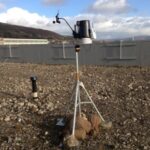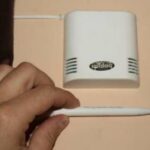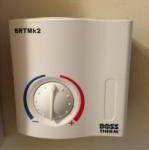The SuRBe group work with various housing associations, housing developers and building contractors implementing their POE approach to assess the impact of the building fabric, and heating and ventilation systems upon occupant thermal comfort, energy use and associated carbon emissions; and overall occupant health and well being.
Thermal Comfort, Indoor Air Quality and Overheating Risk
The team have developed and implemented a range of tools to assess thermal comfort, indoor air quality (IAQ) and overheating risk in single to multi-storey dwellings recently completed or existing dwellings that have received retrofit measures. This has included long term monitoring of the exterior weather and carbon dioxide (CO2) levels versus internal temperature, relative humidity, carbon dioxide levels, exterior window/door opening position, all electrical circuits, energy use for space and water heating, and CO2 and particulate levels. This long term monitoring has been compared with occupant interviews using a range of questionnaires and spot meters to measure a variety of variables that could impact upon occupant thermal comfort and IAQ. In addition, to examination of heating and ventilation systems. Also, a number of studies have been undertaken to assess overheating risks in occupied dwellings.
A number of projects have been/continue to be associated with this work:
2010-2013, work package six of the Low Carbon Built Environment project in collaboration with Coastal Housing Group entitled ‘monitoring low carbon buildings and products’.

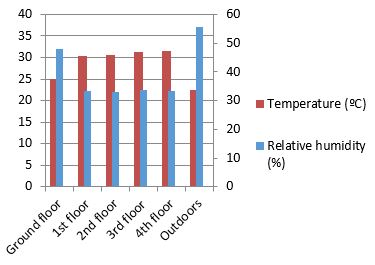
A novelty to SuRBe’s work is that staff work in conjunction with Environmental Public Health and as such the short form 36 questionnaire is used to assess occupant behaviour and conditions on seven categories of health characteristics. As such this has is leading to the following projects.
Occupant Interaction
Heating and Ventilation Systems
As part of the POE work SuRBe staff evaluate different heating systems and their controls upon occupant comfort and their health and well-being. In a number of projects for housing associations overheating has been encountered in all living spaces. This has been caused by communal heating, inadequate insulation for hot water pipes, conflicting control systems. In addition, this work involves engagement with building users to determine their interaction with heating and ventilation systems and the ultimate impact upon their health and well being, energy use and associated carbon emissions. This work has led to housing associations enhancing their specification of systems, commissioning of systems, and dwelling handover process. This has led to a number of projects as follows.
Monitoring Low Carbon Buildings & Products
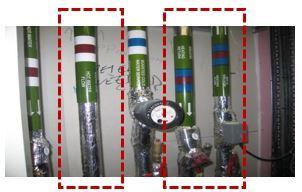
In addition, Dr Littlewood collaborated between Sustainable Construction Monitoring and Research Ltd and the SuRBe group for the following project.
2012-2015, a Post-Construction In-Use Building Performance Evaluation project, in collaboration and co-funded by United Welsh Housing Association and also InnovateUK. This was the 450103 Aberfawr Terrace project. The only housing led BPE project undertaken in Wales.
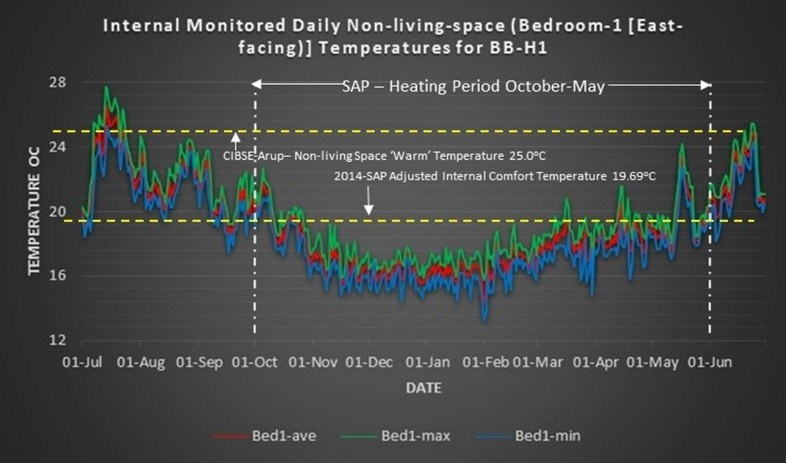
Stakeholder Engagement
In 2017, a KESS2 PhD project in collaboration with Melin Homes commenced and is undertaken by Denis Jahic, to develop guidance for the management of Government funded dwelling retrofit programmes to improve occupant quality of life. The MPhil field work has involved interviewing occupants in Arbed 2 retrofitted dwellings with a hybrid36 questionnaire, and also stakeholders involved in the management of Arbed 2. The PhD work will complete the stakeholder interviews and develop a decision map and KPIs for government funded retrofit programmes to improve quality of life.
Selected References
Littlewood and Smallwood, 2017
Littlewood and Smallwood, 2019
